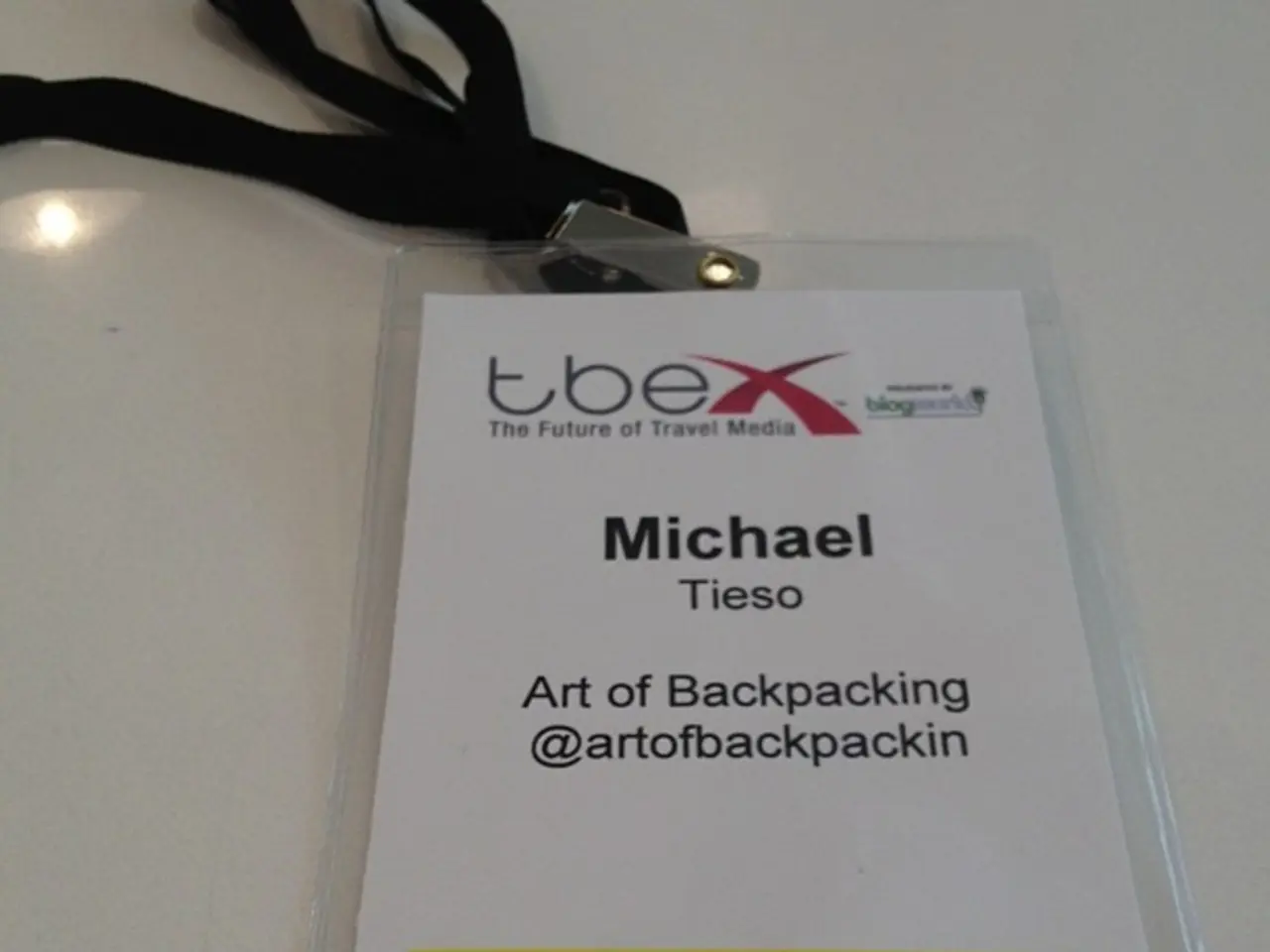Strategies for Establishing a Freelance Design Identity
In today's digital age, social media platforms have become a powerful tool for freelance designers looking to establish a strong personal brand. By following a focused, consistent, and content-driven strategy, designers can effectively showcase their unique strengths and connect with their ideal clients.
Defining Your Niche and Brand Message
The first step in building a personal brand is to clearly define your niche and brand message. This helps you target specific client types and convey your value proposition effectively. By understanding what you stand for professionally, you can create a brand that resonates with your audience and sets you apart from the competition.
Creating a Professional Online Presence
A well-designed website is crucial in showcasing your portfolio, services, and client testimonials. This digital storefront is often the first impression potential clients have of your work, so it's important to make it count. Maintaining consistency in branding across all platforms, including your resume, website, and social profiles, helps to reinforce your professional image.
Sharing Valuable Content
Social media platforms like LinkedIn, Twitter, and Instagram provide outlets where you can promote design in general and your own work. Regularly sharing your work and design process, as well as publishing case studies or blog posts, helps to demonstrate your expertise and problem-solving skills.
Creating Value-Added Giveaways
Offering value-added giveaways, such as free design consultations or templates, can increase your brand reach. These giveaways not only attract potential clients but also provide an opportunity for them to experience your work first-hand.
Engaging with the Design Community
Engaging with the wider design community can help a designer gain recognition and respect for their work. Constructive and positive discussions about others' work, as well as your own, can help build a strong personal brand. Showing passion and leadership on these platforms can further strengthen your personal brand.
Building Trust and Visibility
By consistently sharing valuable content and demonstrating your expertise, you can build trust with potential clients. This trust, combined with a clear brand message and consistent online presence, can help you attract ideal clients who appreciate your work and values.
Avoiding Negative Attention
It's important to avoid being the person that everyone dislikes on these platforms. Maintaining a positive and professional demeanour is key to building and maintaining a strong personal brand.
Media Exposure
Having your work appear in magazines, blogs, and other forms of media can further enhance your credibility and visibility. This exposure can attract new clients and help establish you as a well-respected designer within the industry.
In summary, building a strong personal brand as a freelance designer involves a strategic approach that focuses on clearly communicating your unique strengths, maintaining a professional online presence, sharing valuable content, and engaging with the design community. By following these steps, you can attract ideal clients and establish a successful career in the design industry.
[1] [2] [3] Sources omitted for brevity.
- When defining your niche and brand message, aim to target specific clients, such as those in the design community, fashion-and-beauty, lifestyle, food-and-drink, home-and-garden, or even travel, cars, relationships, pets, or shopping.
- To showcase your portfolio effectively, create a well-designed website that maintains consistency in branding across all platforms, including your resume, website, and social profiles.
- Utilize social media platforms like LinkedIn, Twitter, and Instagram to share valuable content about design, your work, and process to demonstrate your expertise.
- To expand your reach, consider offering value-added giveaways, such as free design consultations or templates, that allow potential clients to experience your work directly.
- Building a strong personal brand also involves engaging with the design community by participating in constructive discussions, demonstrating passion and leadership, and earning recognition and respect from your peers.
- To attract ideal clients and establish your reputation as a successful designer, focus on building trust by consistently sharing valuable content, creating a clear brand message, and maintaining a professional online presence. However, be mindful to avoid negative attention that could harm your personal brand. Lastly, gaining media exposure in magazines, blogs, or other forms of media can further enhance your credibility and visibility.




